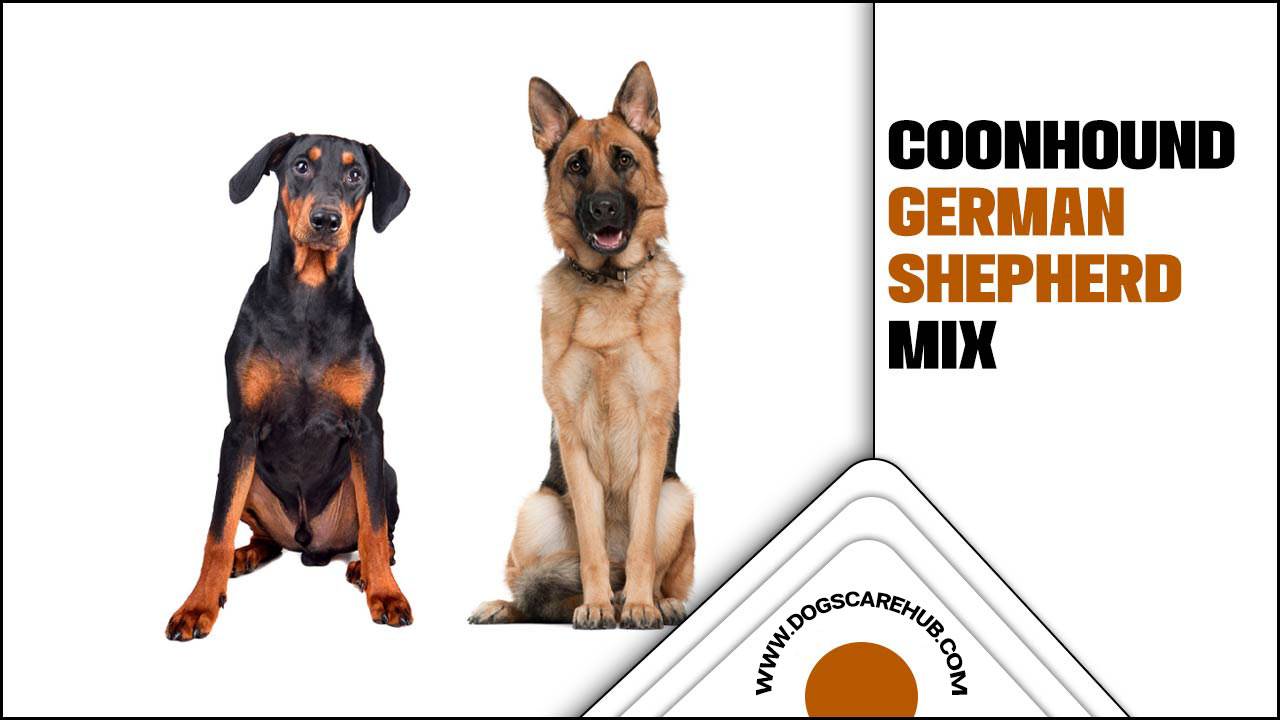Have you ever wondered why your happy dog suddenly seems sad? Dogs can change their behavior for many reasons. Sometimes, they get scared, sick, or just confused. Learning about dog behavioral changes can help us understand them better.
Imagine your dog skipping meals or barking more than usual. These might be signs of something important. Knowing some dog behavioral changes advice can help you spot issues early. Let’s discover more about what these changes can mean for your furry friend.
Key Takeaways
- Understand why dogs show different behaviors.
- Learn common causes of behavioral changes.
- Get dog behavioral changes advice from experts.
- Help your dog feel calm and happy.
- Spot when it’s time to visit the vet.
Understanding Dog Behavior Changes
Dogs communicate in many ways. Barking, wagging tails, or even hiding can say a lot. When these actions change, it might mean something is wrong. It could be an upset tummy, fear of a new place, or even loneliness. Observing your pet closely is the first step. Notice if they are eating less, chewing more, or being less playful. These signs can help you determine the next steps to take.
- Notice changes in eating habits.
- Watch for different sleeping patterns.
- See if your dog becomes more aggressive.
- Pay attention to new fears or anxieties.
- Look for signs of pain or discomfort.
When you see changes in your dog’s behavior, think about what’s happening around them. Has there been a new family member or a move to a new house? Changes in their environment can affect them too. Keeping routines calm and consistent helps dogs feel safe. If you are ever unsure, contacting a vet is a good idea.
Fun Fact or Stats : Dogs have over 18 muscles just to move their ears!
Common Triggers for Behavior Changes
Have you moved to a new home recently? Change can be hard for dogs. Like humans, dogs have feelings. A new dog in the home, a move, or even a change in schedule can affect them. They might feel scared or confused. Sometimes, loud noises like fireworks can also frighten them. Being aware of these triggers helps you be more prepared. Calmly introducing them to changes can help them adjust better.
How Health Impacts Behavior
If your dog gets sick, it can change how they act. Think about when you don’t feel well. You might become quiet or cranky. Dogs are the same! Sickness or pain can make them act differently. Watch for limping, whining, or changes in energy. These are clues they may not be feeling well. Always consult your vet if you suspect health issues. Regular check-ups keep your dog healthy and happy.
Stress and Anxiety in Dogs
Does your dog panic during thunderstorms? They might be experiencing anxiety. Stressful situations can make dogs act out. Separation anxiety is another common issue. Dogs love their humans and may feel stressed when left alone. To help, create a safe space for them. Use calming toys or treats. Training and patience can also ease their worries over time.
Tips for Managing Behavior Changes
Knowing how to manage your dog’s behavior is key. It’s important to stay calm and patient. Dogs can sense our emotions. Reacting with anger or frustration can make things worse. Instead, reward good behavior. Use treats or praise to encourage the actions you want to see. Consistency is important. Regular walks and playtime make a big difference.
- Use positive reinforcement techniques.
- Maintain a consistent daily routine.
- Provide plenty of physical exercises.
- Engage in mental stimulation activities.
- Seek professional help if needed.
Sometimes, dog behavioral changes advice from a professional trainer can be helpful. Trainers can offer personalized tips for your dog’s unique needs. They understand different dog personalities and behaviors. Together, you can work on creating a peaceful, happy home for your pet.
Fun Fact or Stats : Dogs can learn more than 100 different words!
Using Positive Reinforcement
Do you know that dogs respond well to rewards? Positive reinforcement is a great way to teach them. Give your dog a treat when they follow a command. Or show excitement in your voice to praise them. This creates a happy association with good behavior. Over time, they learn what actions make you happy. This builds their confidence and helps them feel secure.
Creating a Routine
Do you eat breakfast at the same time every day? Dogs like routines too! They feel safer when they know what to expect. Feeding them at the same time each day helps. Schedule regular walks and playtimes. This consistency reduces anxiety and stress. It also helps your dog understand what behaviors are expected. They will be less likely to act out if they know their daily routine.
Seeking Professional Help
Is your dog still acting out despite your efforts? Sometimes, professional help is needed. Dog trainers or behaviorists are trained to handle tricky situations. They can offer dog behavioral changes advice and tips. These experts work with you and your dog. They assess situations and provide solutions for challenging behaviors. Their guidance can make a big difference!
Environmental Factors and Behavior
Have you ever felt overwhelmed by a busy place? Dogs can feel this way too. Their environment plays a big role in their behavior. A noisy home or busy streets can stress them out. They might become withdrawn or aggressive. Creating a calm environment helps them feel safe. Provide a quiet corner with their bed and favorite toys. This becomes their safe space to relax and escape stress.
- Create a safe, quiet space for your dog.
- Minimize loud noises or disruptions.
- Introduce new environments gradually.
- Ensure plenty of outdoor time and fresh air.
- Use calming scents or music to soothe them.
Changing small things in their environment can have a big impact. Adding a scent diffuser with calming oils or playing soft music helps. Consider the sounds and activities in your home. Dogs have sensitive hearing. Be mindful of loud sounds like vacuum cleaners or fireworks. The goal is to make your home a peaceful place for your furry friend.
Fun Fact or Stats : Dogs can hear sounds four times farther than humans!
Setting Up a Safe Space
Have you ever needed a place to escape to relax? Dogs do, too! Creating a safe space for your dog is essential. Find a quiet corner of your home. Add their bed, blankets, and favorite toys. This space is where they can unwind. When they feel stressed, they know they have a comforting place to go. Respect their space and let them have alone time when needed.
Managing Noise and Disruptions
Does your dog bark at every little noise? Loud sounds can make dogs nervous. Sometimes, simple tweaks can help. Close windows during thunderstorms. Or play soft music to drown out scary noises. For fireworks or loud parties, keep your dog in a quieter room. Try to minimize sudden loud noises at home. These adjustments make a calmer environment for your pet.
Introducing New Environments
Is your dog nervous in new places? New environments can be intimidating. Take them to new places slowly. Start with short visits. Praise and reward them for being brave. Gradually increase the time spent in new surroundings. This builds their confidence. Over time, they will feel more comfortable exploring new areas. Each positive experience makes them less anxious.
Helping Your Dog Adjust to Change
Changes in a dog’s life can be tough. Moving to a new house or welcoming a baby can affect them. Preparing for these changes makes the transition smoother. Start by introducing new items or people slowly. Let your dog sniff and explore at their own pace. Keeping familiar routines as much as possible helps. Mixing new with old creates a balance that feels safe for them.
- Introduce changes gradually to your dog.
- Maintain familiar routines and activities.
- Provide extra comfort and attention.
- Use treats and toys for distraction.
- Ensure consistent bonding time daily.
Noticing your dog’s feelings is important. If they seem upset, be patient and give them extra love. Spend time playing their favorite games. This reassures them that everything is okay. Have treats ready for when they approach new things bravely. With time and support, your dog will adjust to changes with ease.
Fun Fact or Stats : Dogs can smell up to 100,000 times better than humans!
Preparing for a New Pet
Thinking about getting a new pet? Introducing a new furry friend can be exciting but challenging. Start by introducing them slowly. Let your current dog sniff the new pet’s belongings first. Supervise their initial meetings. Watch their body language for signs of stress or aggression. Give both pets equal attention. Reinforce positive interactions with treats and praise.
Introducing New People
Is your dog shy around new people? Meeting new folks can be scary for some dogs. Let them approach strangers at their own pace. Ask new people not to rush toward your dog. Instead, let your dog come to them. Offer treats to help them feel safe. Gradual introductions build your dog’s confidence. Soon, they will be more comfortable around new faces.
Moving to a New Home
Are you planning a move? Relocating can be stressful for dogs. Keep their routine as normal as possible. Set up their bed and toys in the new home first. Familiar smells comfort them. Spend extra time exploring the new space together. Encourage your dog to explore with you. This adventure can boost their confidence and help them adjust to their new environment.
Conclusion
Understanding your dog’s behavior changes can make life happier for both of you. Dog behavioral changes advice helps you notice signs early and take action. By being observant, patient, and loving, you can help your furry friend feel safe and happy. Every dog deserves a peaceful and joyful life with their human family.
FAQs
Question: Why does my dog bark more than before?
Answer: Barking can mean many things. If your dog barks more, they might be feeling anxious. It could also be a sign of boredom or a change in their environment. Following dog behavioral changes advice can help you figure out the cause. Try to identify the trigger and address it. If unsure, consult a vet.
Question: What should I do if my dog seems scared?
Answer: If your dog acts scared, find out what is bothering them. It might be loud noises, strangers, or new environments. Provide a safe space where they can feel secure. Use calming toys or scents. Patience and comforting gestures help them feel better. Consult a professional for more dog behavioral changes advice if needed.
Question: How can I help my dog with separation anxiety?
Answer: Start by leaving your dog for short periods. Gradually increase the time apart. Give them toys or treats to keep busy. Create a calm space where they can relax when you’re gone. Consistency and patience are key. For severe cases, professional dog behavioral changes advice might be necessary.
Question: Why is my dog not eating well?
Answer: A change in appetite could signal stress, illness, or a new environment. Observe other symptoms or changes in behavior. Make mealtimes calm and consistent. If your dog refuses to eat for more than a day, consult the vet.
Question: Can a new pet in the home affect my dog’s behavior?
Answer: Yes, a new pet can impact your dog’s behavior. They might feel jealous or insecure. Introduce them slowly and ensure they get equal attention. Supervise their interactions and reward good behavior with treats.
Question: How do I know if I need a professional trainer?
Answer: If your dog’s behavior seems unmanageable despite your efforts, it might be time for a professional trainer. They offer tailored dog behavioral changes advice. Their expertise can help you and your dog communicate better. Training can create a happier and healthier relationship.
Meet Elyse Colburn, the devoted canine companion and storyteller behind the enchanting world of “Tales, Tails, and Adventures Unleashed.” A passionate dog enthusiast with a heart full of paw prints, Elyse Colburn shares heartwarming tales and insightful adventures, celebrating the joy, loyalty, and endless antics that make every dog a true hero. Join Elyse Colburn on this tail-wagging journey, where every post is a love letter to our four-legged friends.





